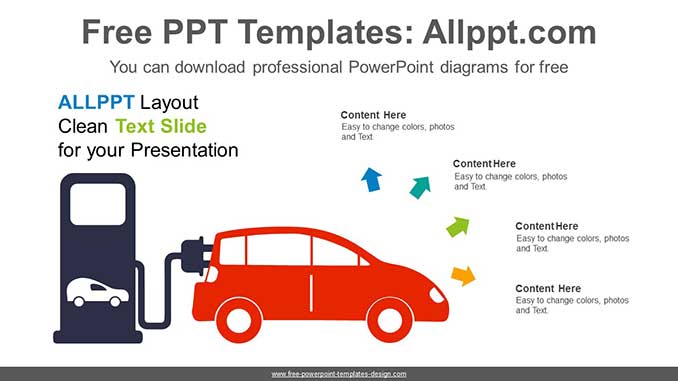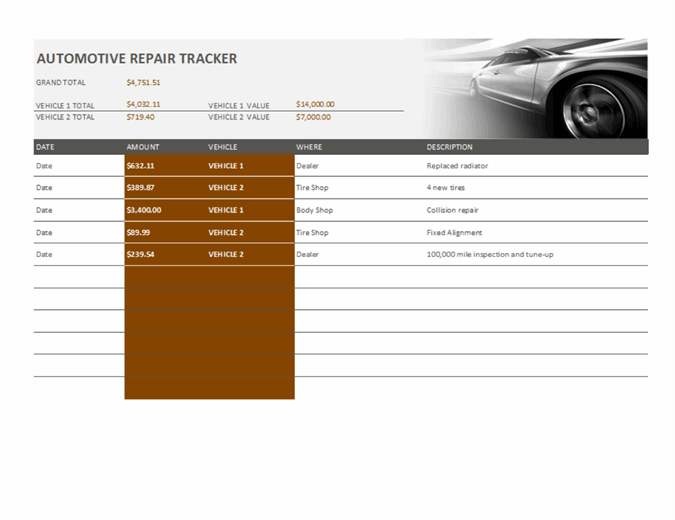

This does make programming easier, and the result more reliable. The consumer of the session file does not need AutoCAD or 12d Model to export to DXF.īased on Autodesk’s API documentation content, there is a distinct preference for the development of ‘plug-in’ applications that run from within AutoCAD’s memory space.These are appended to the recipients custom vehicle file when the session file is loaded.All custom vehicle definitions are carried with this file.This file can be exchanged with other VPath 4 users.See Known Issues below.Īll paths for the current “session” of VPath can be saved to a “session” file with the extension “.vpsession”. Envelope hatching is supported when envelopes are requested.Once VPath is launched from 12d, it is possible to export to all three export targets.All standalone and AutoCAD sourced path types can be exported to 12d Model.Export is direct to the current 12d Model project.Inclusion of a 12d menu item is via “Tools->Options->12d user menu” which enables editing of your usermenu.4d file.Path 4 no longer relies on the 12d Solutions supplied and maintained macro.Interoperating with 12d Model after launching from 12 Model via a supplied macro.The “COM Interop” technology used is not perfect.This is due to LT not supporting “add-on apps” or tools employing Autodesk’s Application Programming Interface (API).Hatch export has proven troublesome due to some version specific behaviours.All standalone and 12d Model sourced path types can be exported to AutoCAD.Export is direct to the current, open AutoCAD DWG file.AutoCAD LINE objects can be used to generate templates in specific locations.AutoCAD POLYLINE or LWPOLYLINE objects can be used as reference paths.Interoperating with a running AutoCAD session with an open DWG file.Hatch export has proved troublesome due to AutoCAD object handle issues.

#Vehicle diagrams templates software
#Vehicle diagrams templates code
VPath 4 modernises the underlying code and enhances the user interface. Extensive standard and custom vehicle lists are provided. The primary intention behind VPath is to enable the design of Queensland Transport and Main Roads intersections with reference to vehicles defined in Austroads Design Vehicles and Turning Path Templates (AP-G34-13). Swept path templates are also used by vehicle designers to check that vehicles will meet the swept path performance standards set by vehicle licencing authorities. Vehicle swept paths are used in road design to check that there is sufficient room for turning vehicles to operate safely on the road network and to avoid causing damage to roadside furniture. Vehicle Path (VPath) calculates the swept path of vehicles which follow a predefined steering path.


 0 kommentar(er)
0 kommentar(er)
